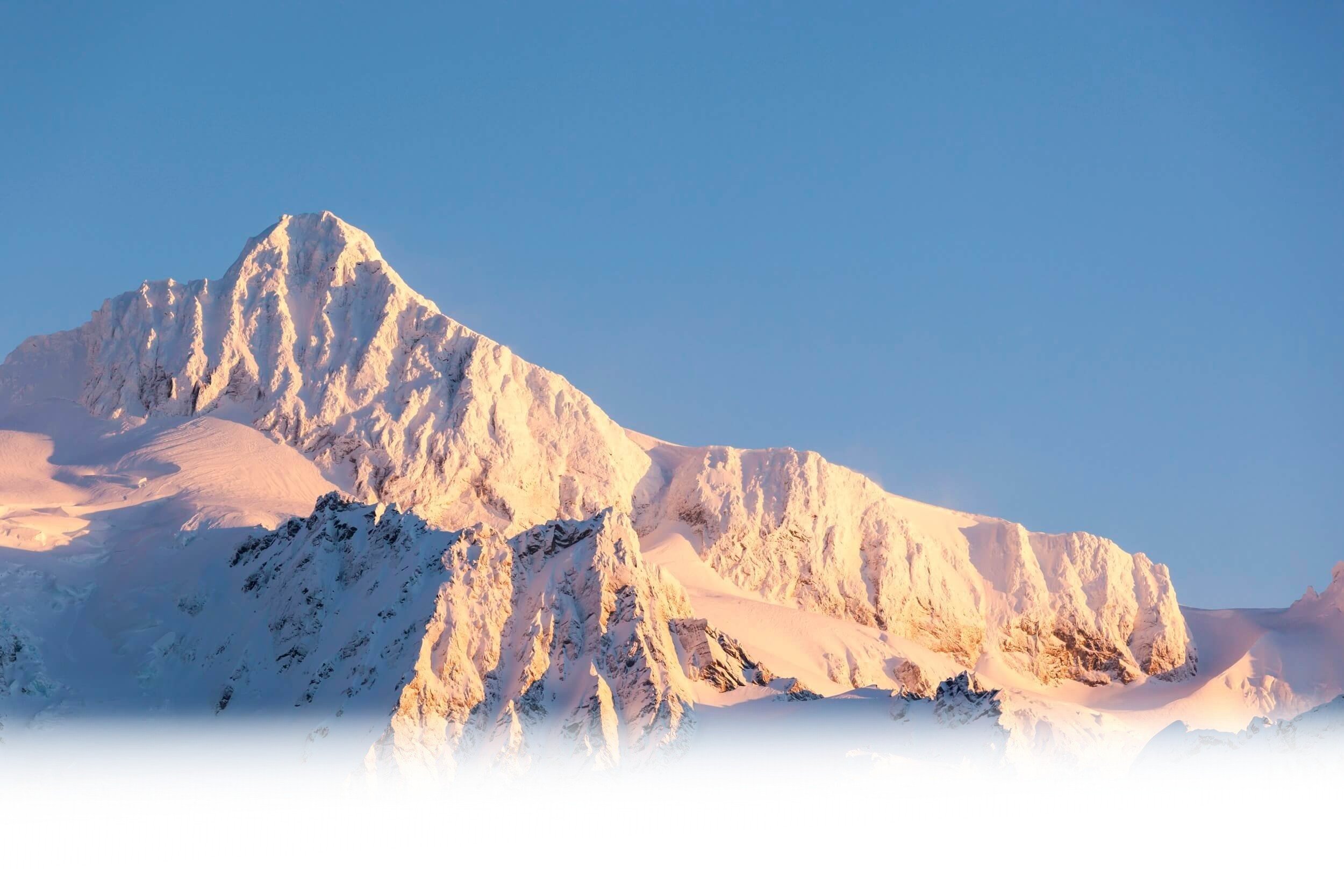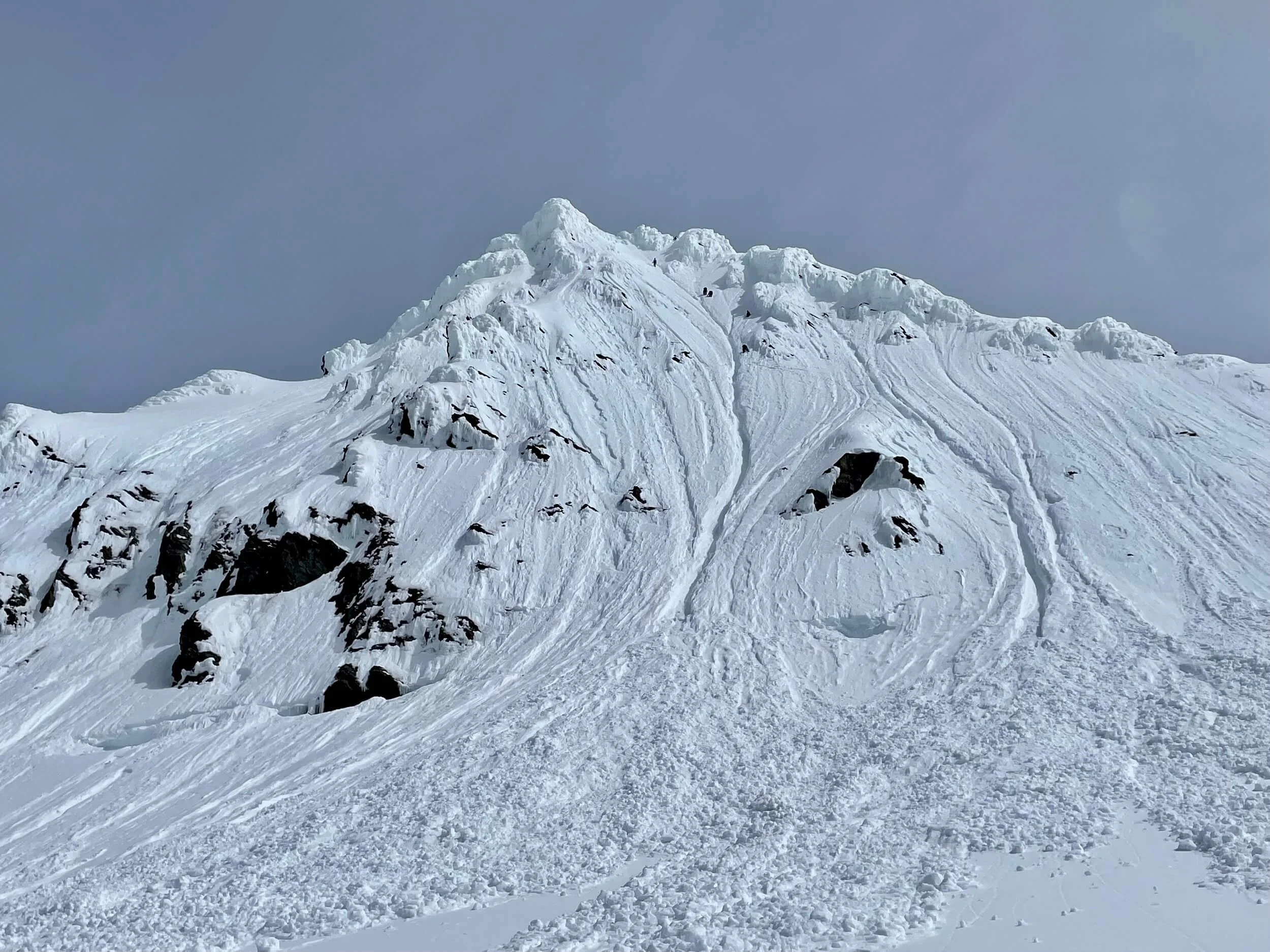
Mount Shuksan Alpine Climbing
Climb the iconic Mount Shuksan. The word “Shuksan” is derived from the word Shéqsan, meaning high foot in the Nooksack language. As viewed from the Mt. Baker Ski Area, Mt. Shuksan is one of the most photographed mountains in the world and is an iconic Cascades mountain, with steep glaciated terrain surrounding a dramatic rocky summit pyramid. The word “nunataq” means lonely mountain in the Inuit language, referring to the jagged rocky peaks that jut out of a glacier, perfectly describes Mt. Shuksan. Several glaciated routes in incrementally ascending difficulty all culminate at the summit pyramid, making for a perfect combination of snow and glacier climbing with moderate rock climbing for a true alpine experience.
A guided climb of Mt. Shuksan, via any route, is an awesome accomplishment and a popular stepping stone for bigger and more complex alpine climbing objectives. Each route involves glacier travel and 4th to low 5th class rock climbing on the summit pyramid, the difference in difficulty between routes is the challenge of the approach and steepness of snow and complexity of glacier travel.
Which route do you want to climb?
Sulphide Glacier
Beginner/intermediate summit climb
Fisher Chimneys
Intermediate summit climb
North Face
Intermediate/advanced summit climb




